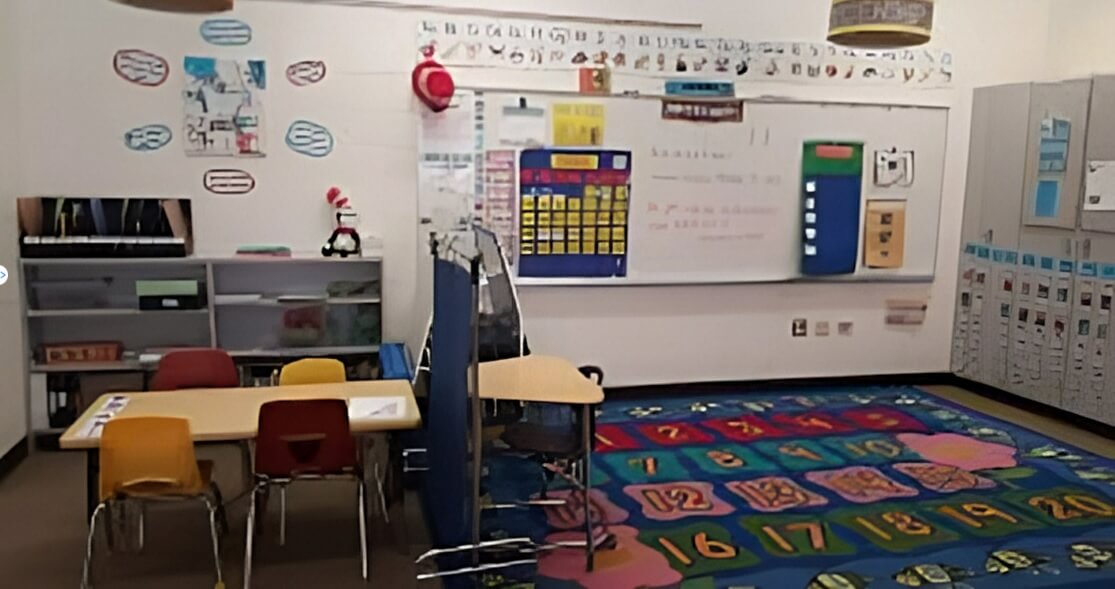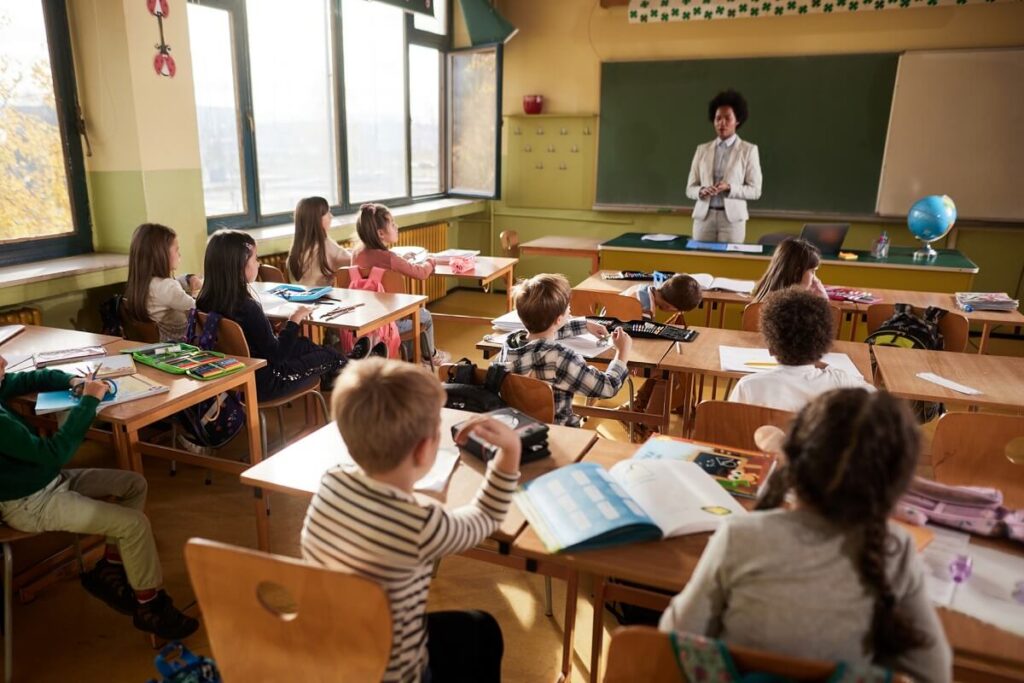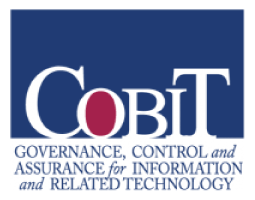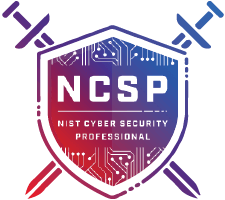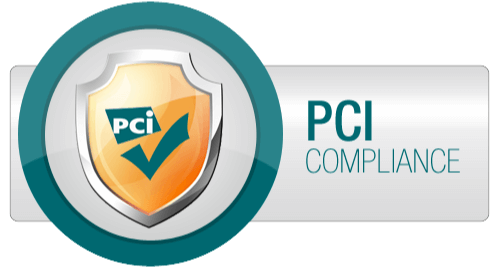The first few weeks after Labor Day usually indicates a return to school and the end of summer for families nationwide. Those first few weeks of school are usually dedicated to setting expectations, drilling down routines, and planning curriculum for the current cohort of students. While this is certainly an important part of school culture, do schools spend enough time building relationships amongst staff members?
In 2007, the U.S. Department of Education stated that 91% of schools employ instructional paraprofessionals and half of those paraprofessionals work in special education. Over the decades, the surge of paraprofessionals in schools allowed for greater 1:1 support for teachers and students. However, often the paraprofessional/teacher relationship becomes hierarchical and the paraprofessionals are assigned menial tasks. This is often to the detriment of students and teachers.
Here are three simple ways teachers can better include paraprofessionals to assist them throughout the day:
1. Receive Feedback
Paraprofessionals are a great avenue for self-reflection. They are an extra set of eyes, hands, and sanity! Make a point to ask for feedback daily. Listen to their thoughts on methods for teaching a lesson, addressing behavior, or arranging the classroom. Remember they are a part of the classroom culture and it is important to make them feel seen and heard.
2. Assign Roles
It is essential to assign roles and create a plan of action for each paraprofessional. By creating a schedule, paraprofessionals understand their roles and expectations and can better prepare for each day. Be courteous and do not have a paraprofessional complete a task that you would not do yourself. They are an important part of the classroom and deserve to be treated with respect.
3. Share Teaching Opportunities
Paraprofessionals are qualified educators so allow them to take ownership during academic time. Allow paraprofessionals to lead calendar time, an academic station, or a fun cooking activity. It is important that students see paraprofessionals as academic leaders in the classroom so give them the space to take on that role. While students are working in independent stations, during PLC time, or after school, sit with the paraprofessional and provide any additional training and support. Show teaching videos, provide resources, or discuss research-based practices and create a paraprofessional toolkit that empowers independence. Then, allow the paraprofessional to practice the skill in the classroom and provide follow up support.
We know that relationships are an important component of learning for our students but let’s not forget our staff members as well. The Council for Exceptional Children (2012) found that the relationship between paraprofessionals and teachers is an essential component to classroom culture and the success of students. So, empower your paraprofessional, share the teaching space, and watch your students flourish over the year!
